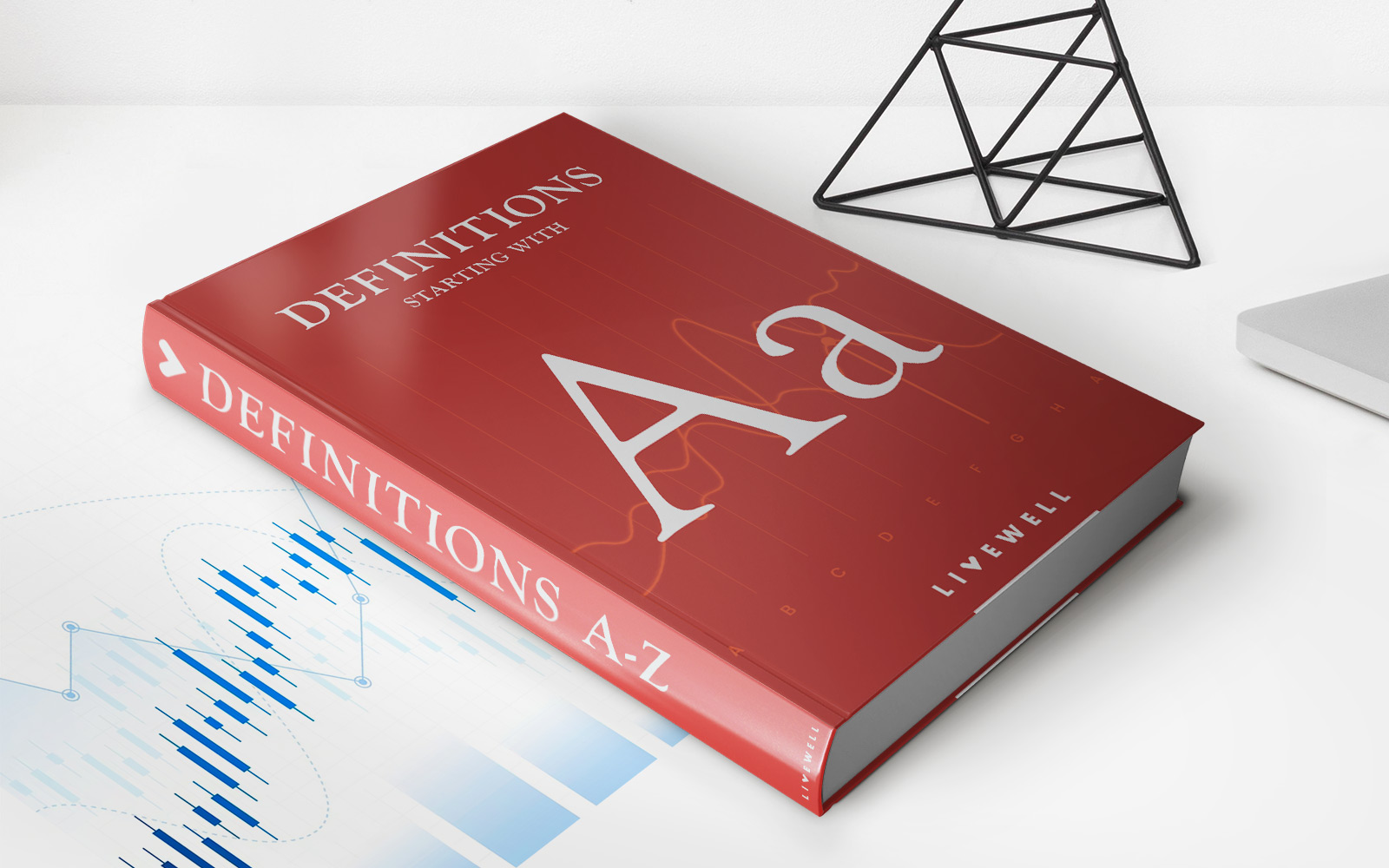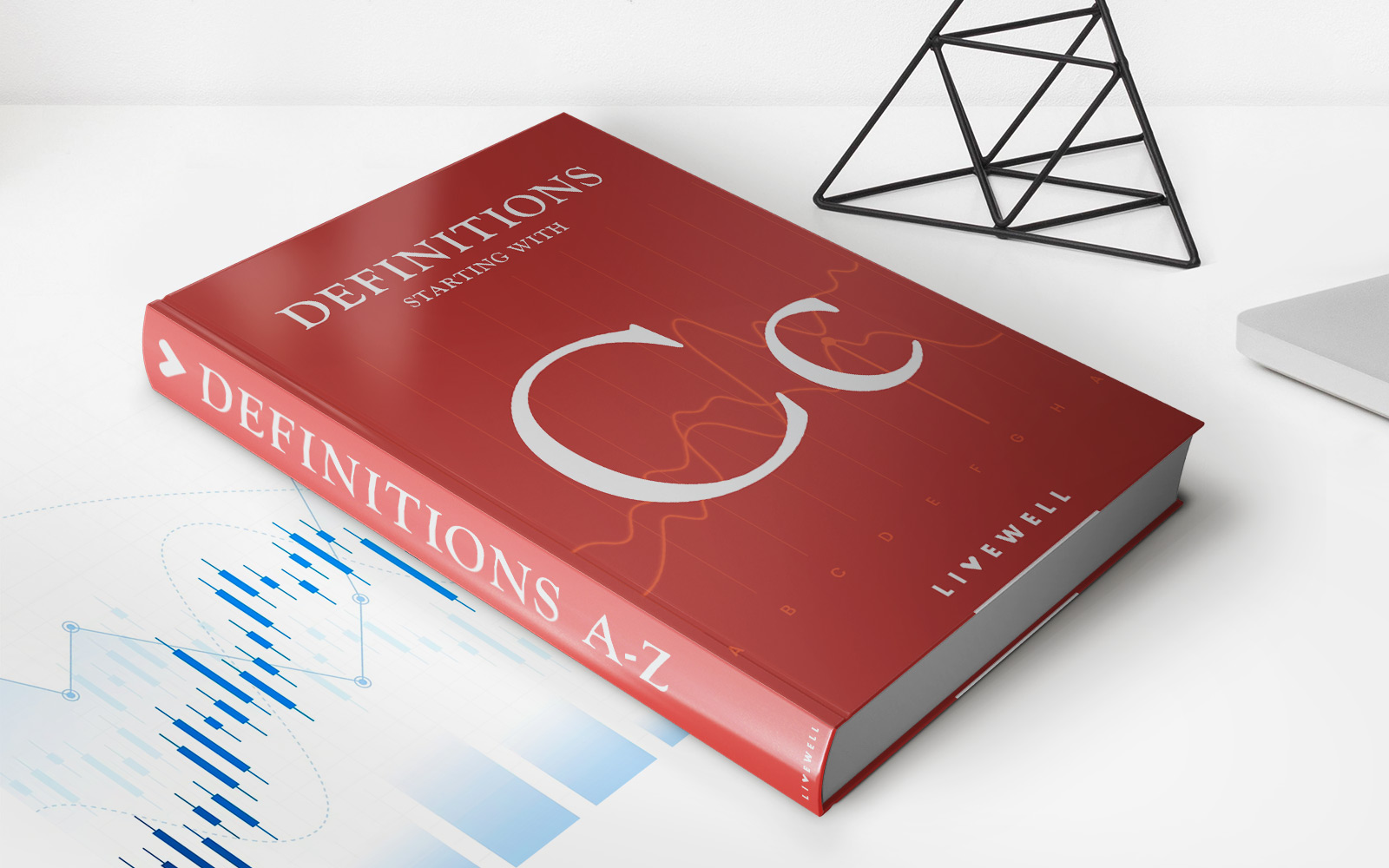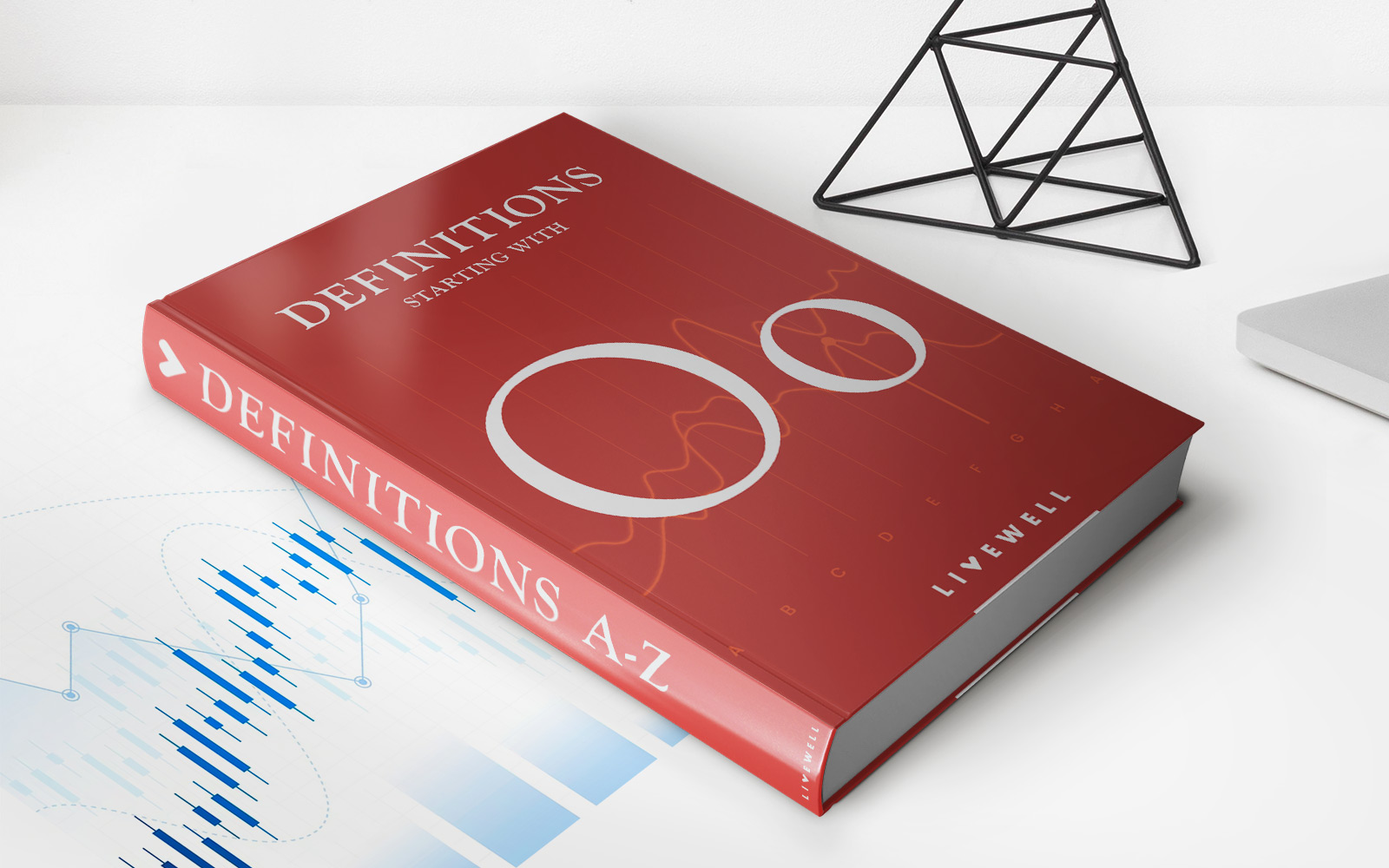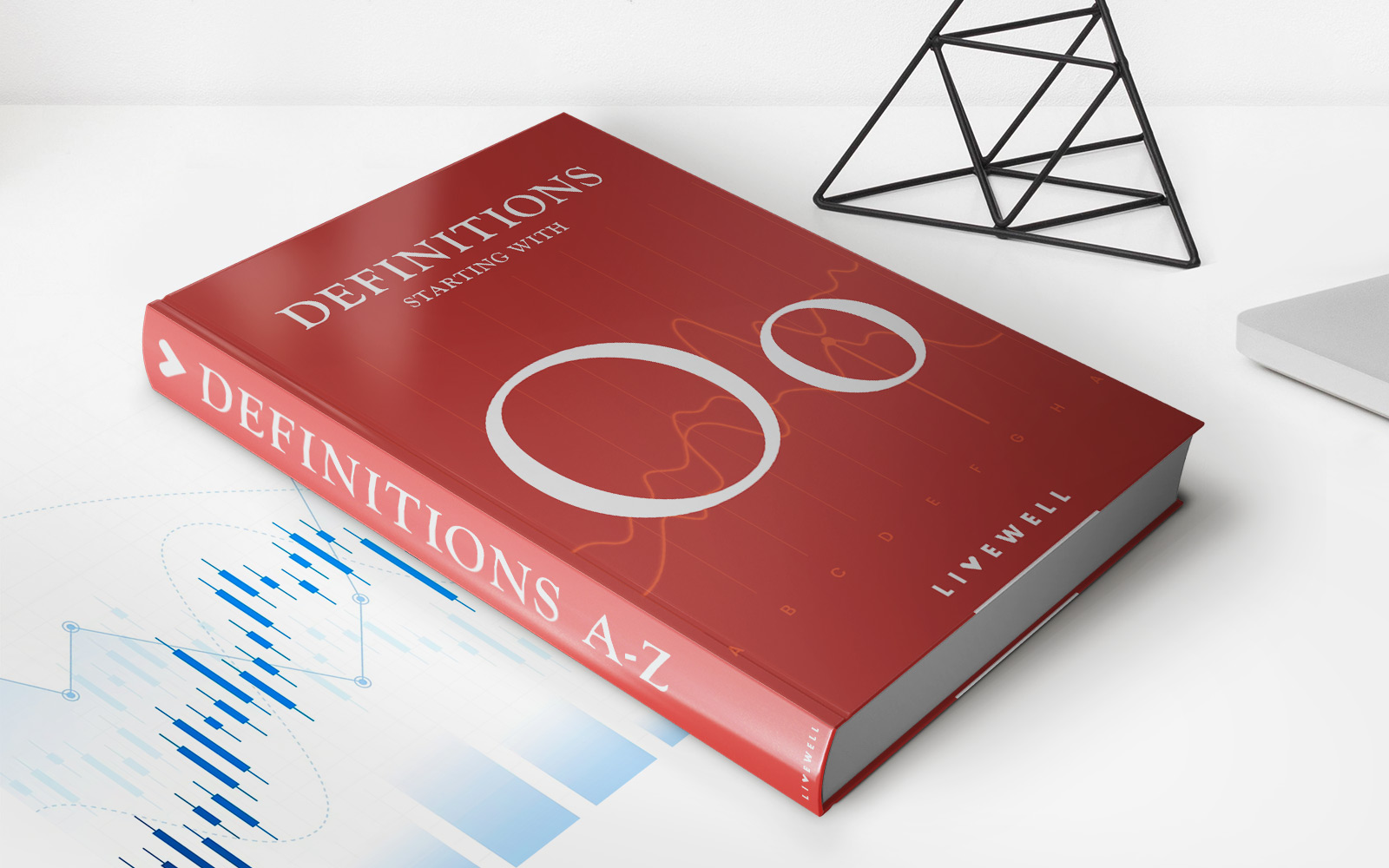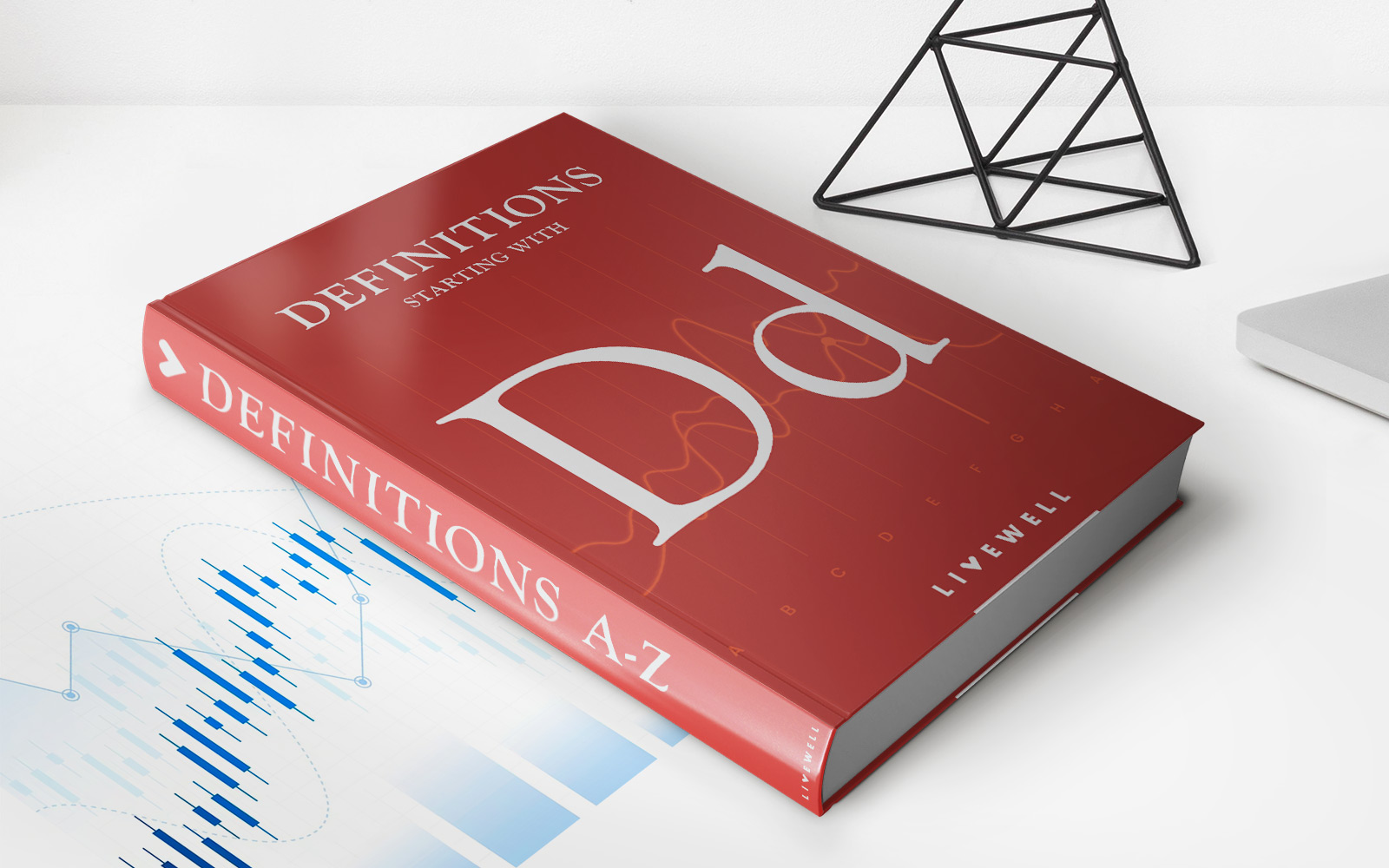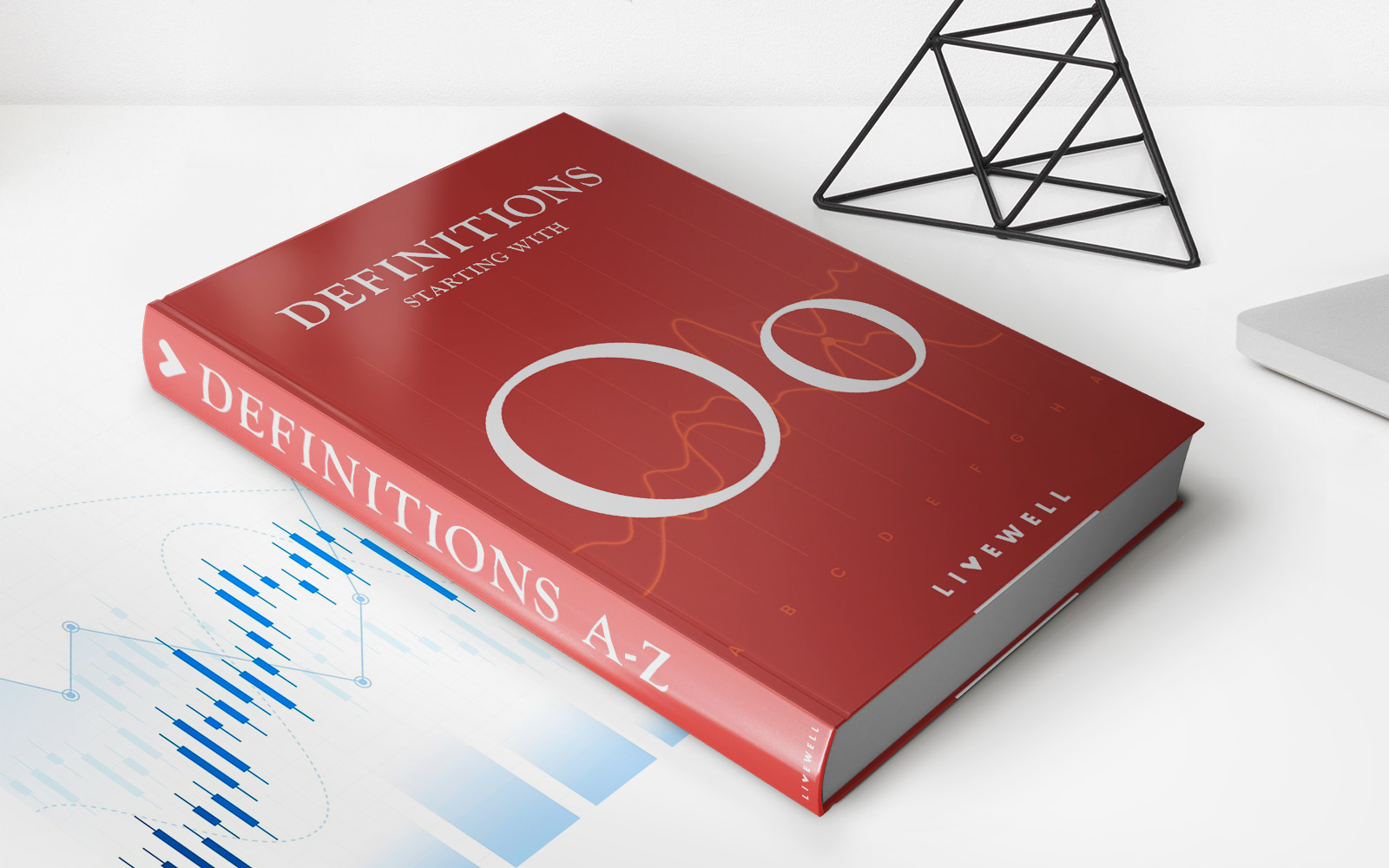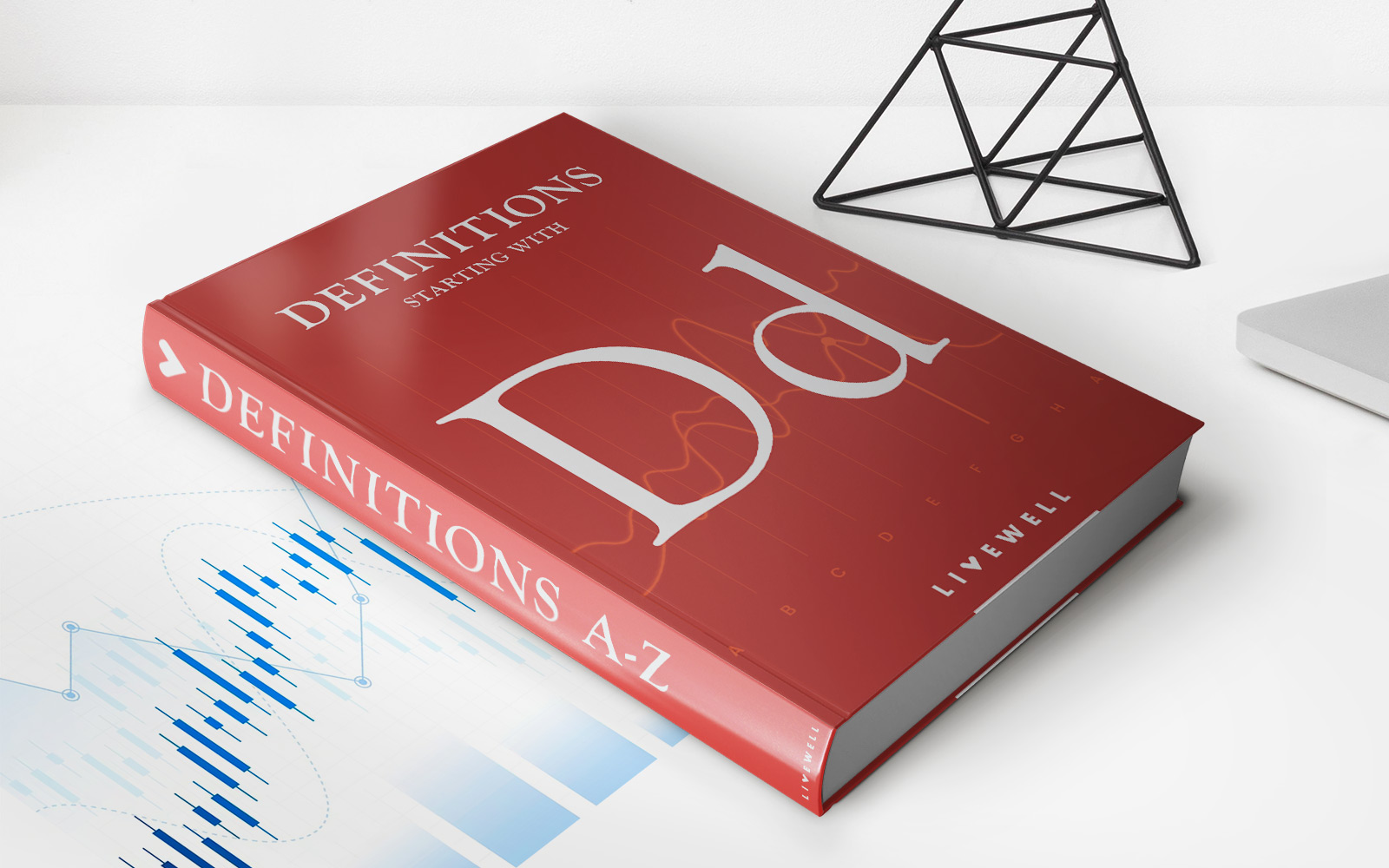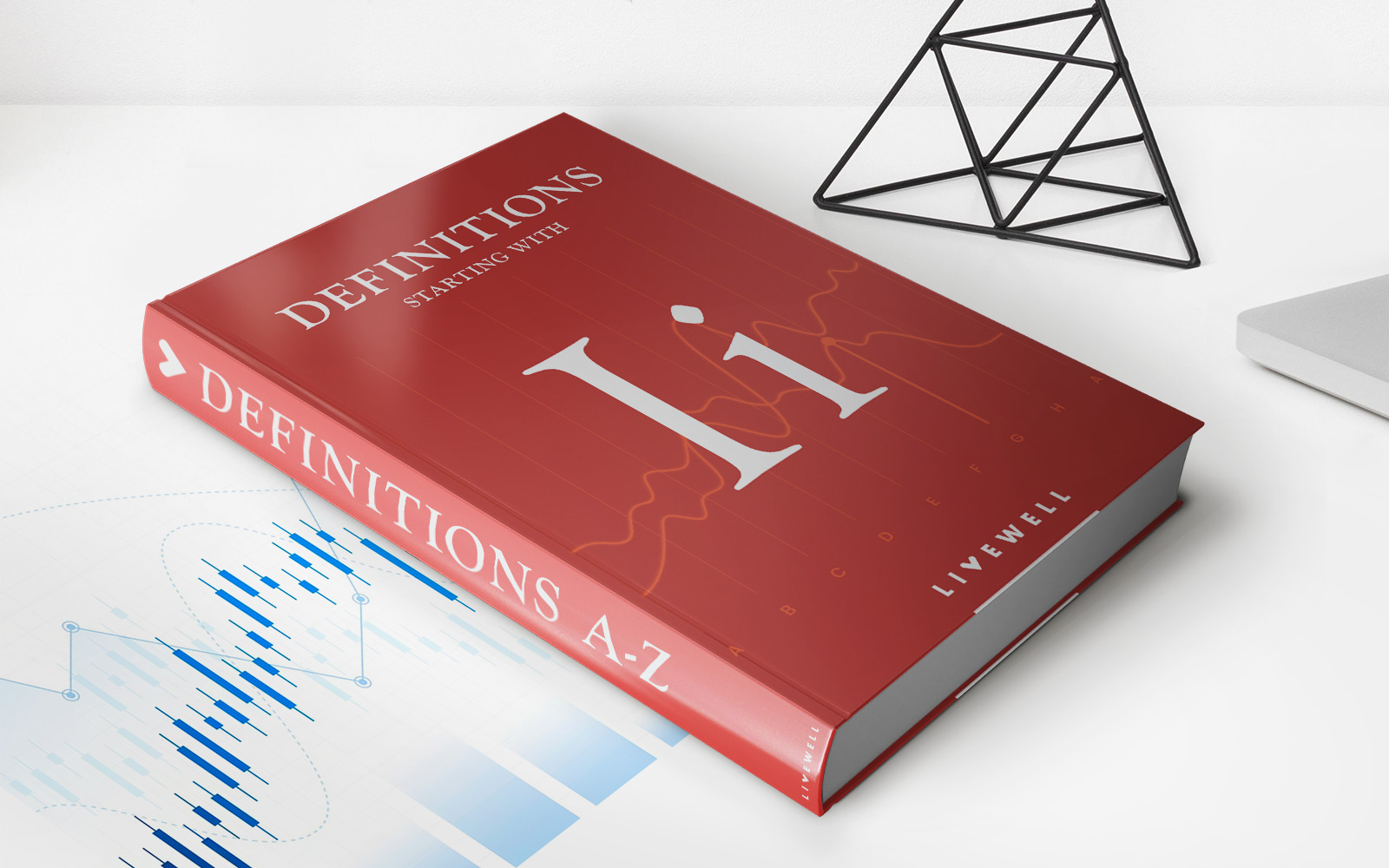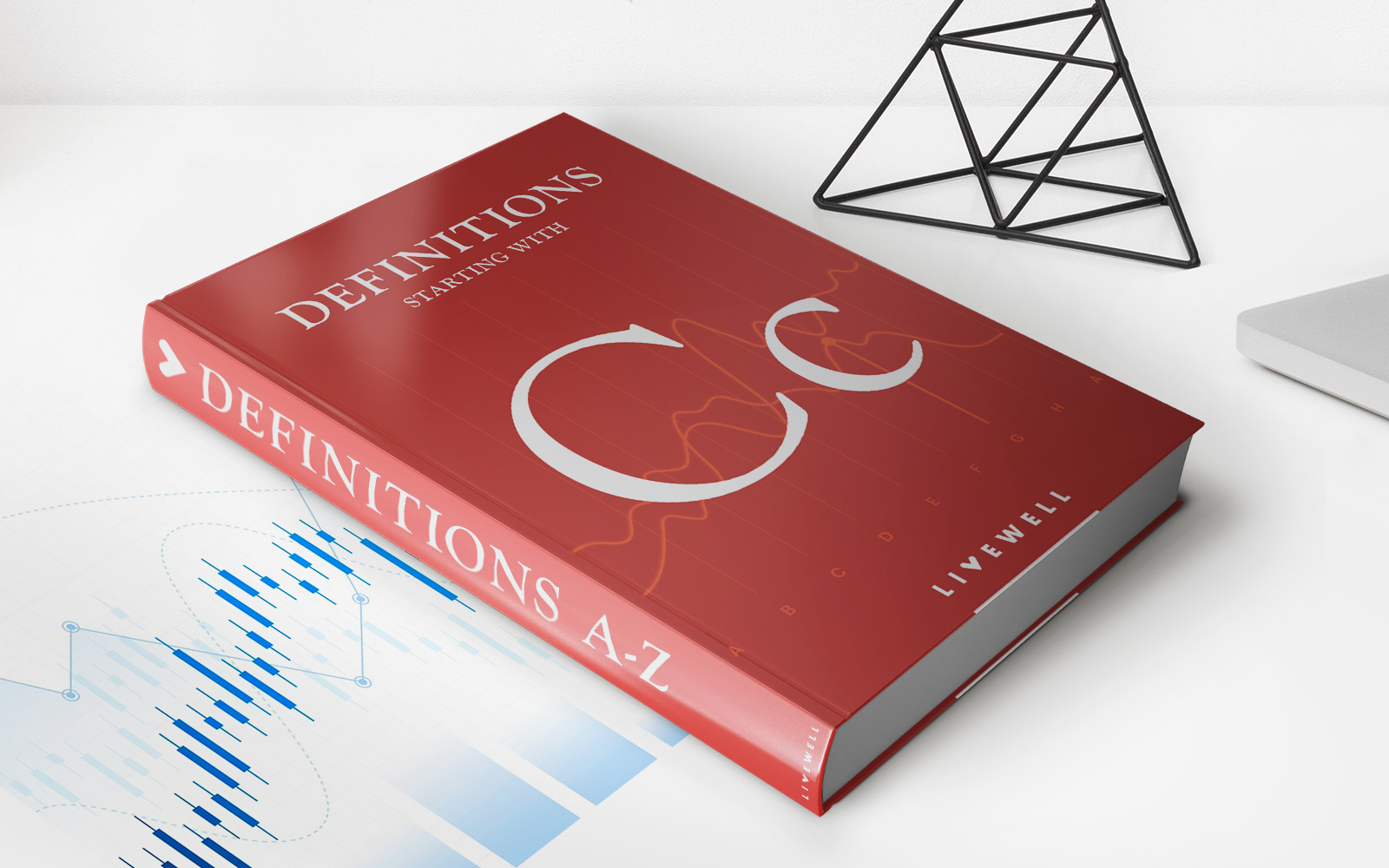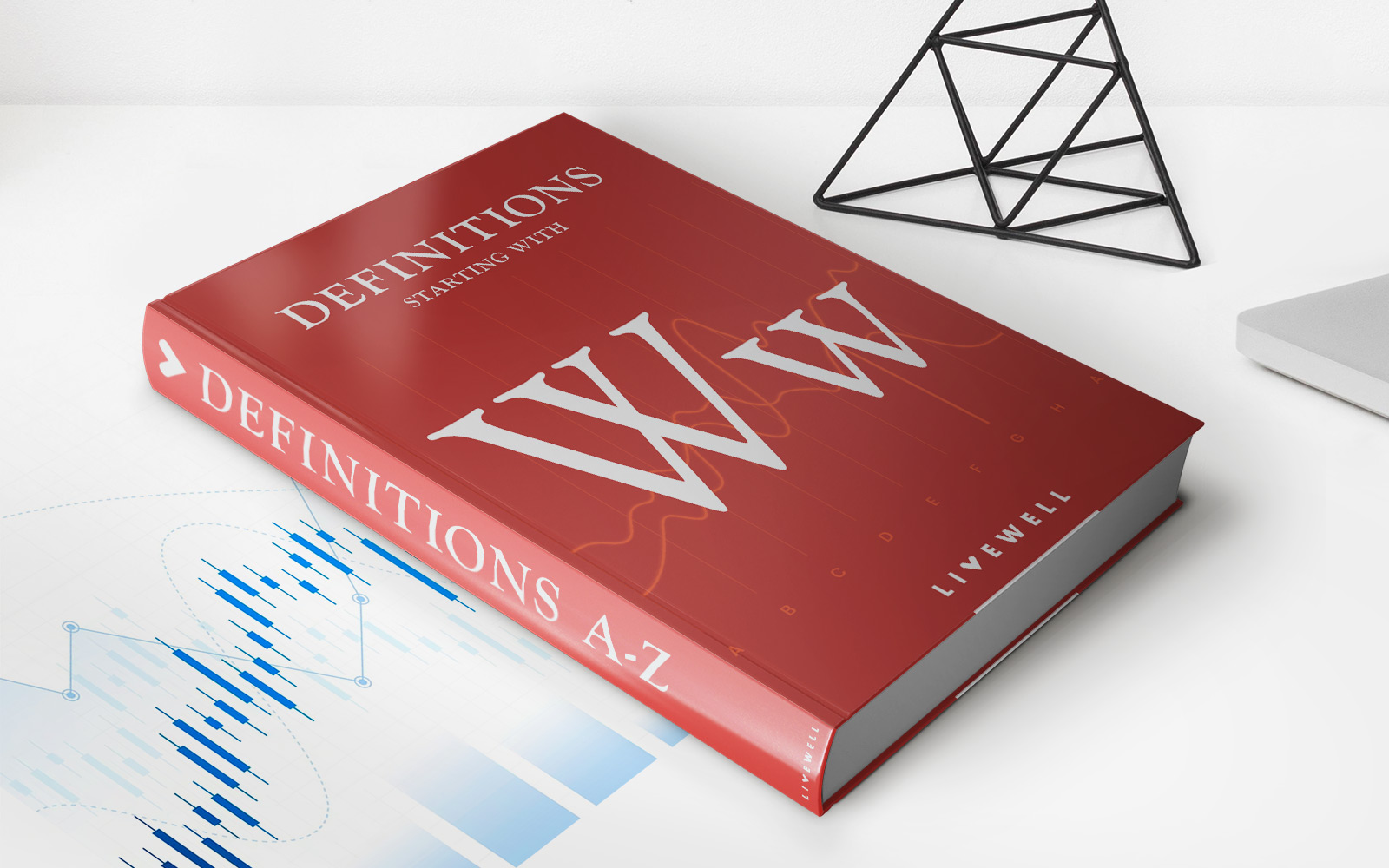Home>Finance>Cross Collateralization Definition, Risks And Benefits
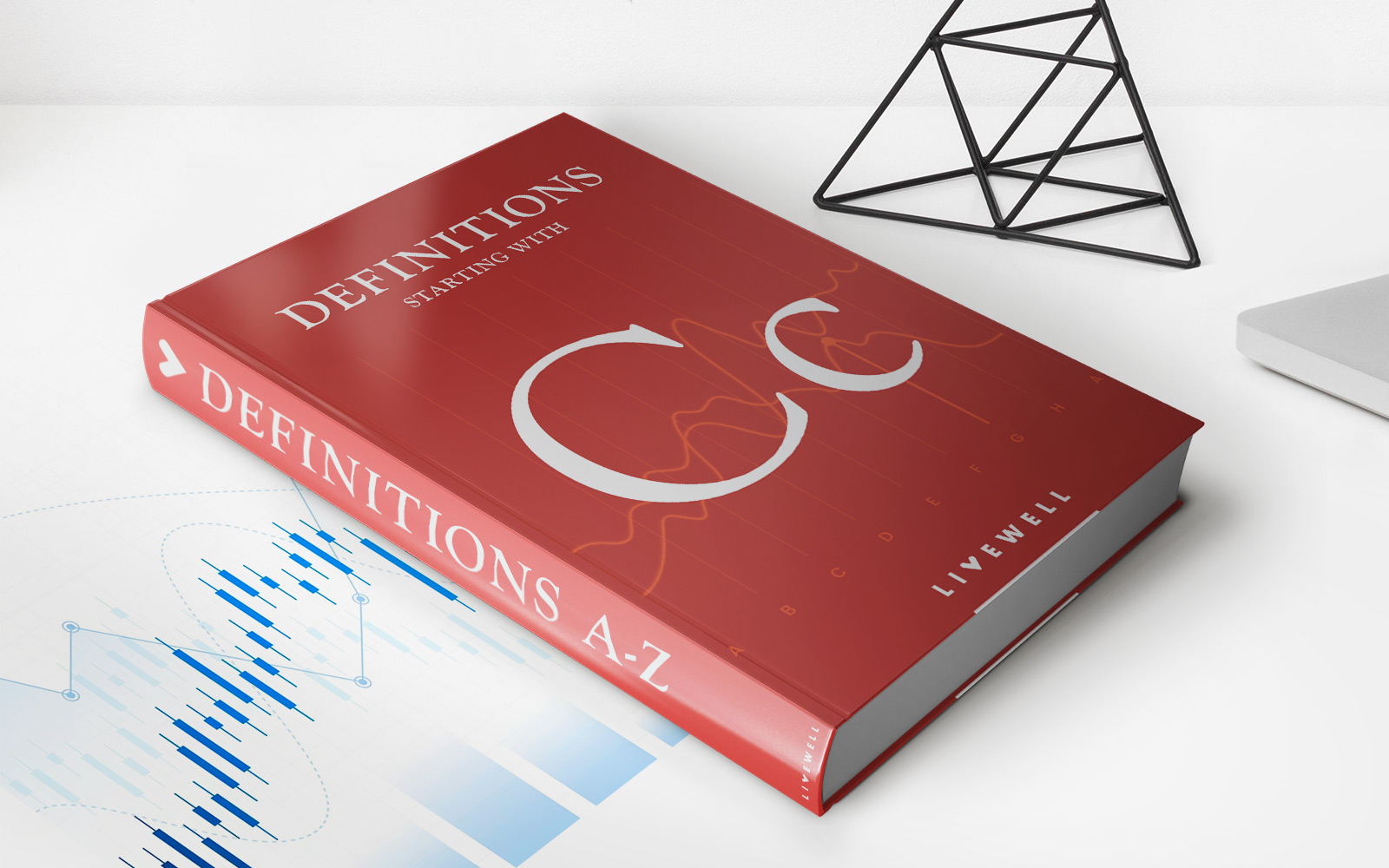

Finance
Cross Collateralization Definition, Risks And Benefits
Published: November 5, 2023
Learn the definition and understand the risks and benefits of cross collateralization in finance.
(Many of the links in this article redirect to a specific reviewed product. Your purchase of these products through affiliate links helps to generate commission for LiveWell, at no extra cost. Learn more)
Understanding Cross Collateralization: Definition, Risks, and Benefits
Finance can be a complex subject, with a variety of strategies and terms that may seem foreign to many people. One such term is “cross collateralization.” In this blog post, we will explore the definition of cross collateralization, its risks, and benefits, shedding light on a concept often encountered in the world of finance.
Key Takeaways:
- Cross collateralization is a financial strategy that involves using one or more assets as collateral for multiple loans or lines of credit.
- It can provide certain advantages, such as the ability to obtain more favorable interest rates or increase borrowing capacity.
What is Cross Collateralization?
Cross collateralization is a financial tactic that involves pledging multiple assets as collateral for a single loan or multiple loans. In simpler terms, it means using one or more assets to secure multiple debts. This strategy is often employed by lenders to mitigate their risk and protect their interests.
For example, let’s say you have a home with a mortgage and a car loan. If you default on the car loan, the lender may have the right to seize not only the car but also your home, as it serves as additional collateral. By doing so, the lender reduces the risk of losing their funds if you default on multiple loans.
Risks of Cross Collateralization
While cross collateralization can offer benefits, it’s crucial to understand the risks involved. Some potential drawbacks include:
- Limited Flexibility: Cross collateralization can restrict your ability to sell or use assets that serve as collateral until the loans are fully repaid.
- Increased Risk: If you default on any of the loans, the lender can seize all the assets serving as collateral, even those unrelated to the defaulted loan.
- Complexity: Managing multiple loans under cross collateralization can become intricate, especially when juggling different interest rates and payment schedules.
Benefits of Cross Collateralization
Despite the risks, cross collateralization can also bring certain advantages to borrowers, such as:
- Lower Interest Rates: Lenders may offer more favorable interest rates when multiple assets are pledged as collateral, as it reduces their risk exposure.
- Increased Borrowing Capacity: By using cross collateralization, borrowers can potentially access larger loan amounts, leveraging the combined value of their assets.
- Establishing Credit: If you have limited credit history, offering additional collateral through cross collateralization may increase your chances of obtaining a loan.
In conclusion, cross collateralization is a financial strategy that comes with its own set of risks and benefits. While it can provide advantages such as lower interest rates and increased borrowing capacity, it’s crucial to carefully weigh these benefits against the potential downsides, such as limited flexibility and increased complexity.
Ultimately, understanding the intricacies of cross collateralization can help individuals make informed financial decisions and evaluate whether this strategy is suitable for their unique circumstances.

